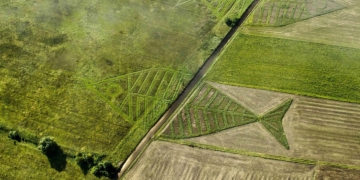In recent years, with the continuous improvement of environmental awareness, people have increasingly focused on protecting animals.
For a long time, tiger bones and meat have been used as precious medicinal materials in China. However, today, tigers are considered one of the rarest wildlife species in China and many other Asian countries, leading to increased attention and protection for this animal. So, how do zoos handle the remains of a tiger?
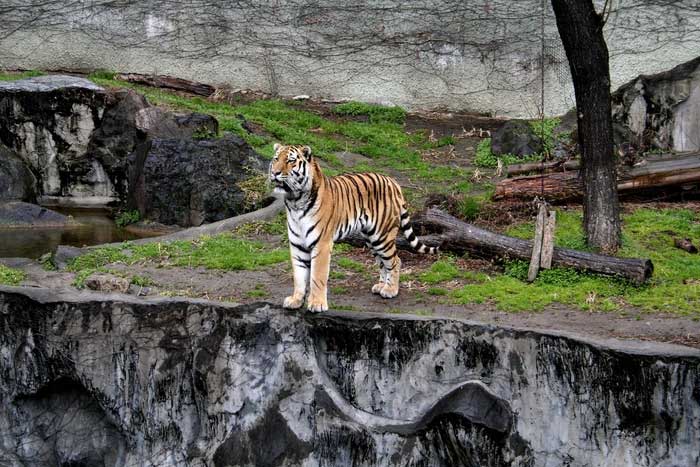
Tigers are considered one of the rarest wildlife species.
The international mainstream theory believes that tigers originated on Earth around 2 million years ago, and by 110,000 years ago, they rapidly spread across the Asian continent, undergoing habitat isolation, climate change, genetic drift, and natural selection, gradually diversifying into many subspecies.
Tigers in Zoos
Tigers belong to the big cat family. Tigers in zoos are pampered and live a life of “reaching out for food, opening mouths for meals”. However, due to factors such as age, illness, and natural disasters, they will still die according to the laws of nature.
After a tiger dies in a zoo, necropsy and pathogen testing are usually conducted to determine the cause of death and health status.
Including extinct species, modern tigers can be divided into 9 subspecies: Siberian tiger, South China tiger, Bengal tiger, Indochinese tiger, Malayan tiger, Sumatran tiger, Javan tiger, Balinese tiger, and Caspian tiger. Among these 9 types of tigers, the subspecies living on the mainland tend to be larger than those living on islands.
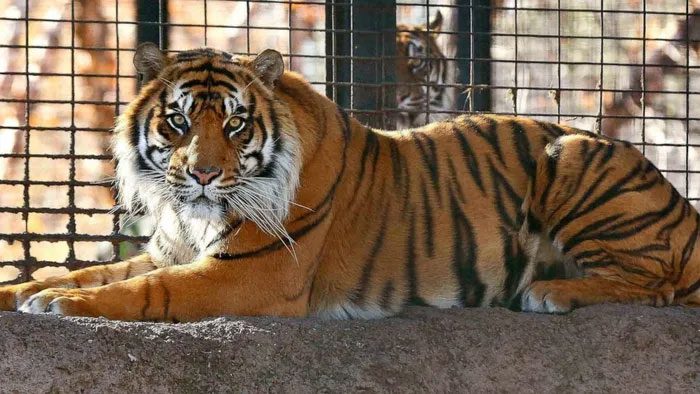
Due to factors such as age, illness, and natural disasters, tigers will still die according to the laws of nature.
Handling Tiger Remains
Necropsy: In the zoo, after a tiger dies, the first step is to perform a necropsy. Necropsy is the process where scientists dissect and examine the body of a deceased animal to understand the cause of death and the pathological condition of the tiger. This is of significant importance for disease research and animal protection.
During the necropsy process, a thorough examination of the tiger’s internal organs is conducted to investigate any internal injuries and gain a better understanding of the cause of death.
The ancestors of modern tigers are ancient Chinese cats. In 2015, a DNA study confirmed that the South China tiger is the oldest branch of modern tigers, affirming the hypothesis that modern tigers originated from East Asia.
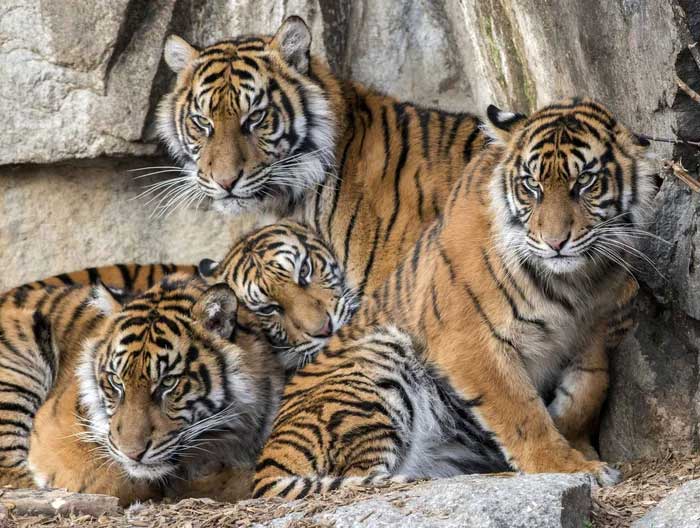
The ancestors of modern tigers are ancient Chinese cats.
Pathogen Testing: After necropsy, the zoo will also conduct pathogen testing. Pathogen detection refers to the process of identifying pathogens, including bacteria, viruses, parasites, and more.
After a tiger’s death, pathogen detection can quickly identify which pathogens it carried, preventing the spread of diseases to other animals.
With the emergence of modern tigers, there are virtually no large predators on Earth that can compete with them, which has allowed tigers to spread rapidly, laying the groundwork for future subspecies diversification.
Educational Anatomy: Although the tiger is a valuable and rare wildlife species, its death in a zoo is unavoidable. In some educational institutions, such as universities and high schools, tiger remains are also used for educational anatomy purposes.
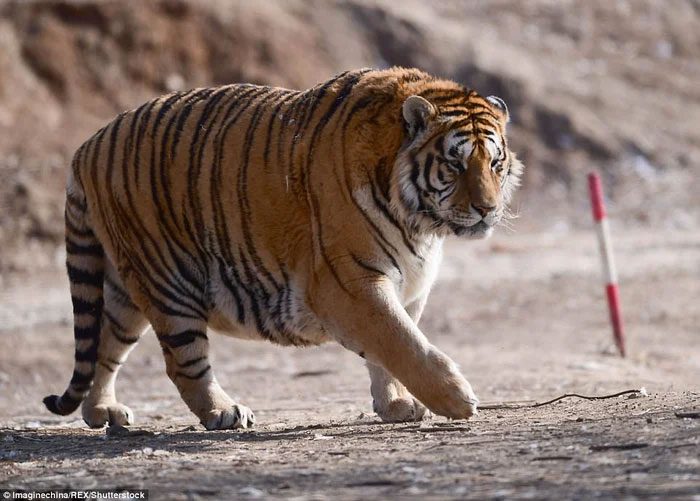
Through dissecting tiger remains, students gain a better understanding of anatomical structure and physiological characteristics of tigers.
Educational anatomy refers to the educational process regarding the anatomy of animals or humans. Through dissecting tiger remains, students gain a better understanding of the anatomical structure and physiological characteristics of tigers, while acquiring useful knowledge to enhance animal protection efforts and disease prevention.
Taxidermy: Some research institutions and museums also accept tiger remains for taxidermy for research and display purposes.
The taxidermy process requires many complex stages, such as drying and treating the tiger remains with acid to ensure preservation time and display effectiveness. Taxidermied tiger remains can provide valuable information for scientists studying ecology and animal protection.
Cremation: Although tiger bones and meat were once considered precious medicinal materials in China and many other Asian countries, today they are no longer used as such due to the enhanced awareness of animal protection within the community.
After the death of a tiger, some zoos will cremate its remains to prevent them from becoming a source of environmental pollution. Cremation can completely eliminate the tiger’s remains and reduce its impact on the environment.
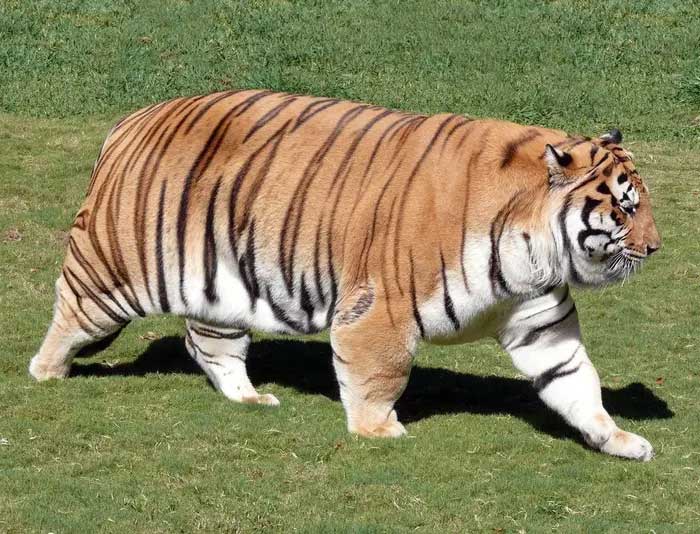
Tiger remains can also be taxidermied for scientific research.
Burial: In some areas, after a tiger dies, the zoo will bury its remains. Burial is the process of interring the animal’s body in the ground. This process ensures that the tiger’s remains will decompose and disappear, preventing pollution and harm to the environment.
Tigers are a rare wildlife species. For handling tiger remains, scientists perform necropsies and pathogen detection, providing useful knowledge for research and animal protection.
At the same time, tiger remains can also be taxidermied for scientific research. In the process of handling tiger remains, the protection of animals and the environment is also very important, leading zoos to often choose cremation or burial methods.




















































